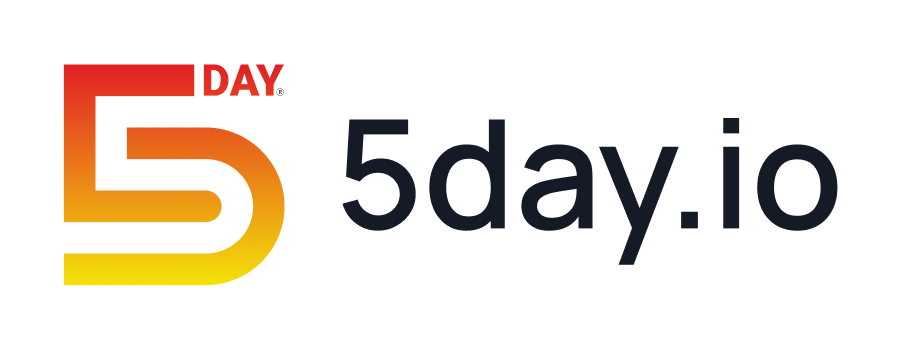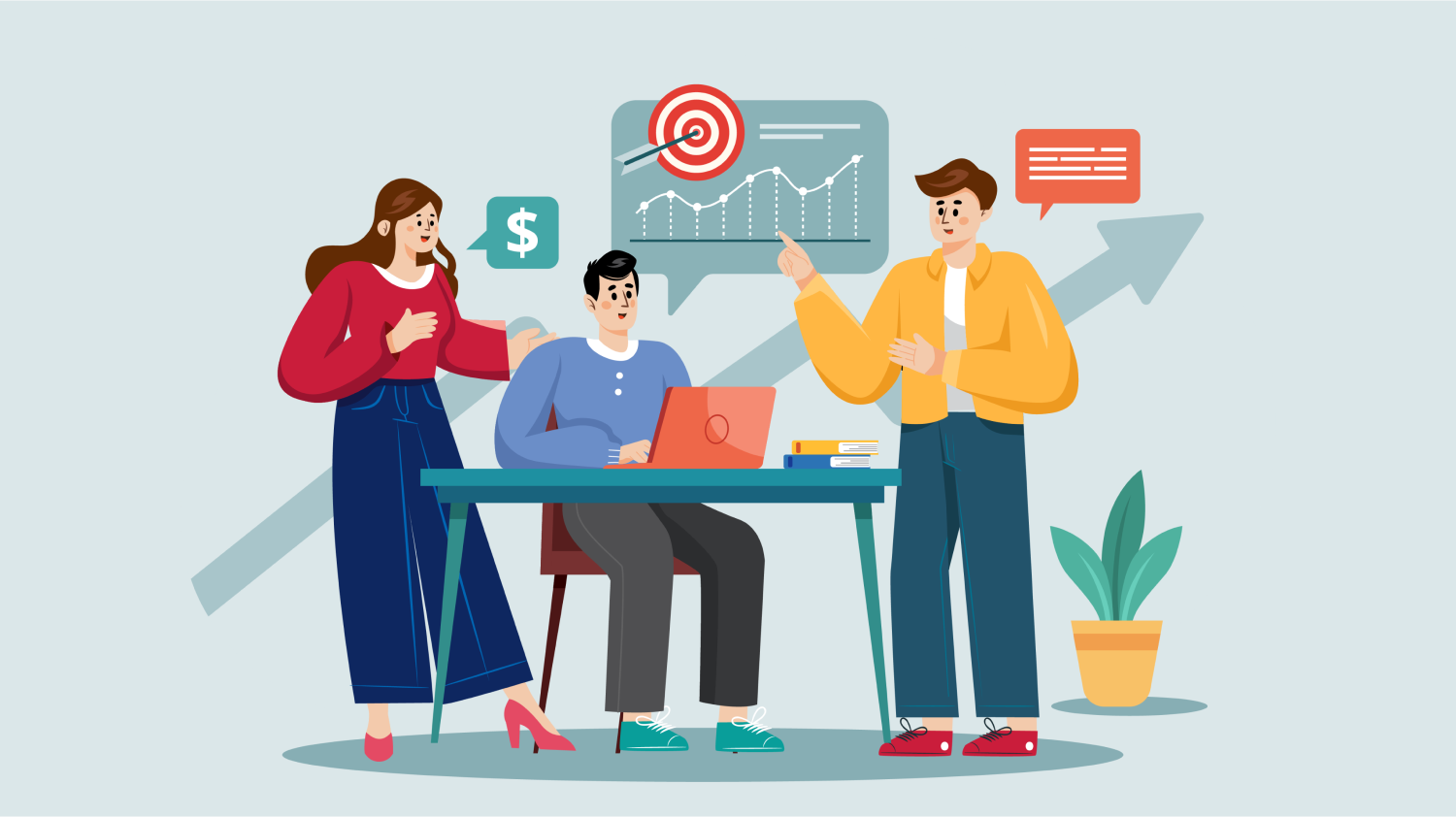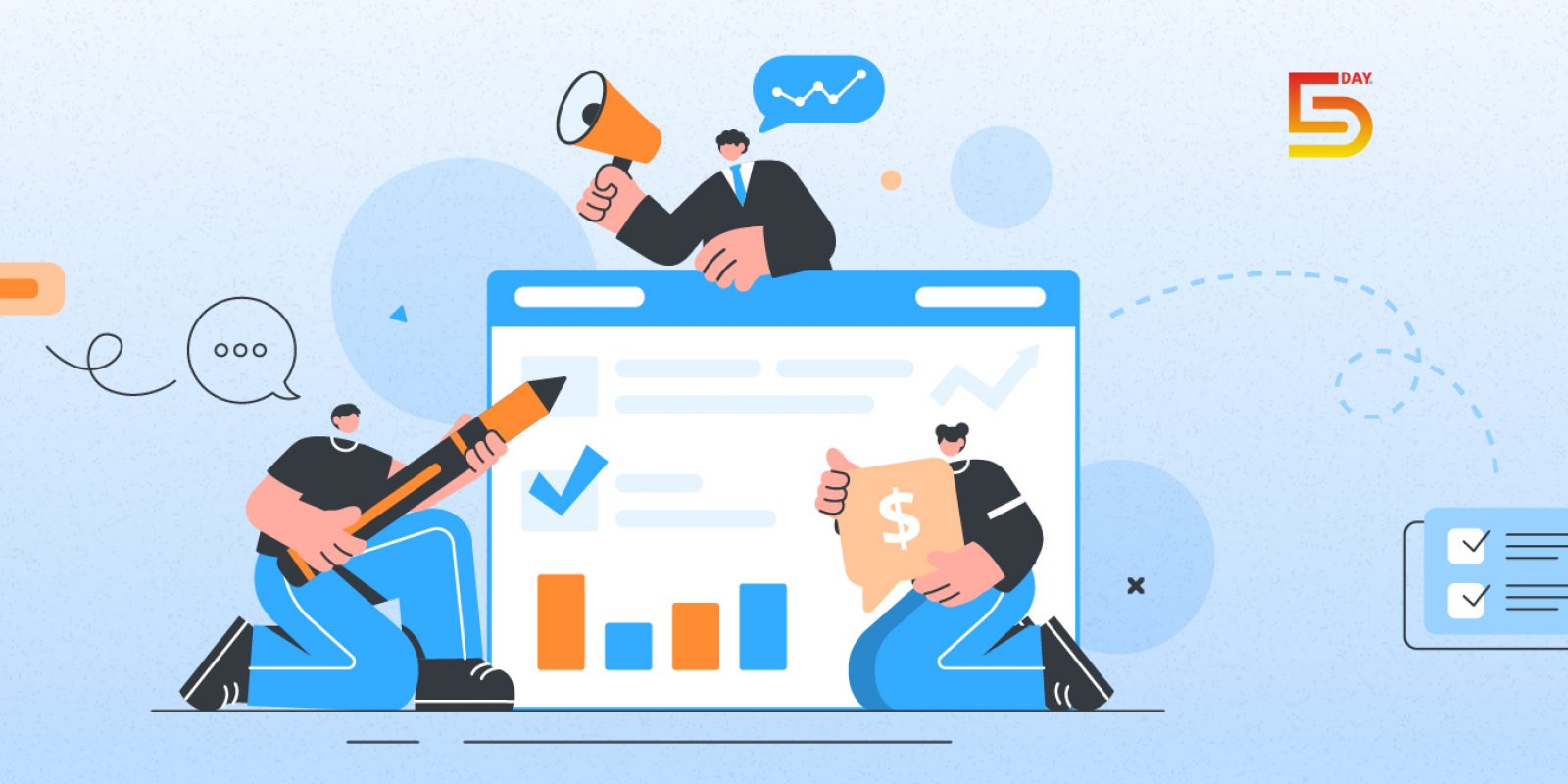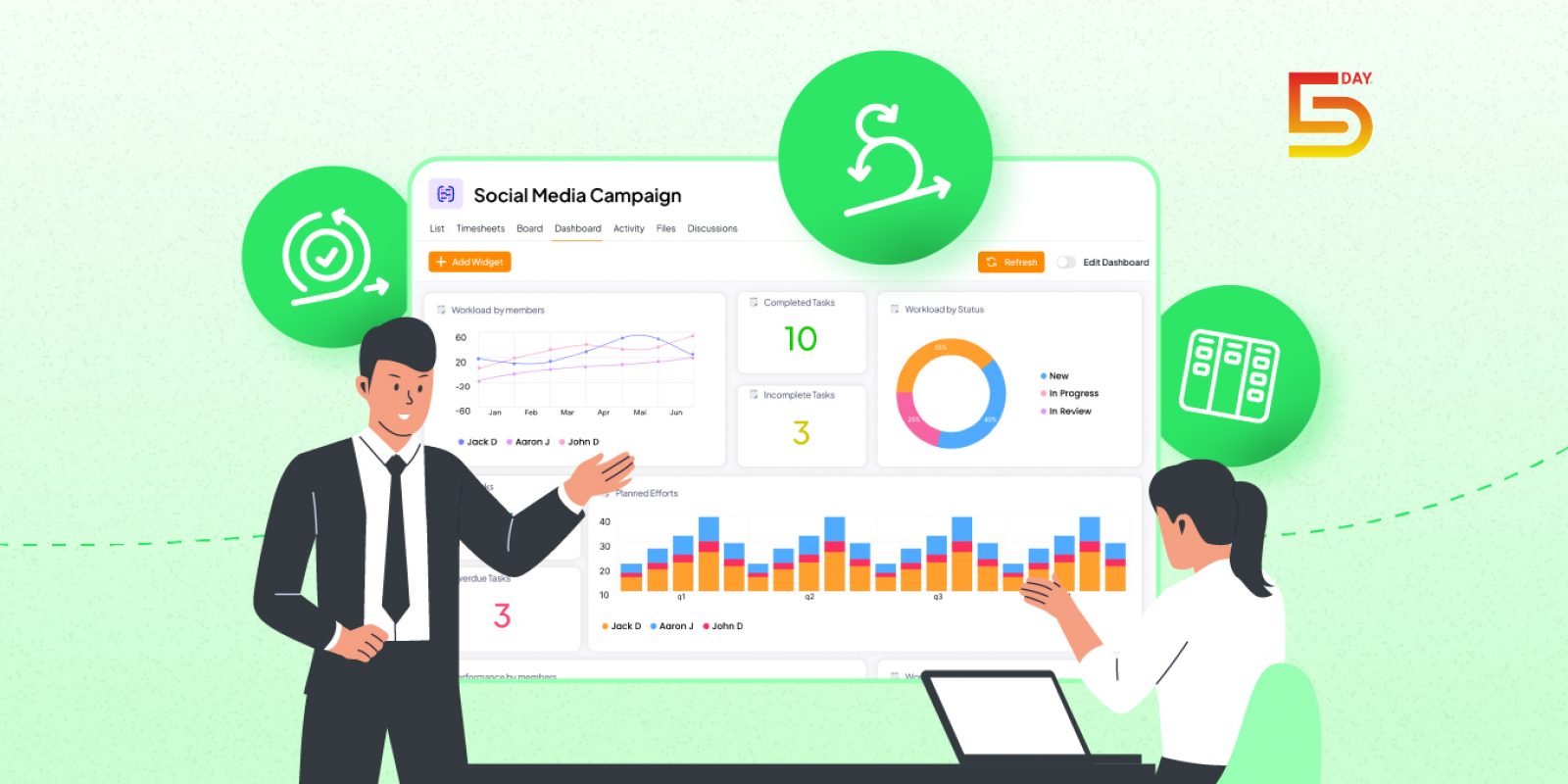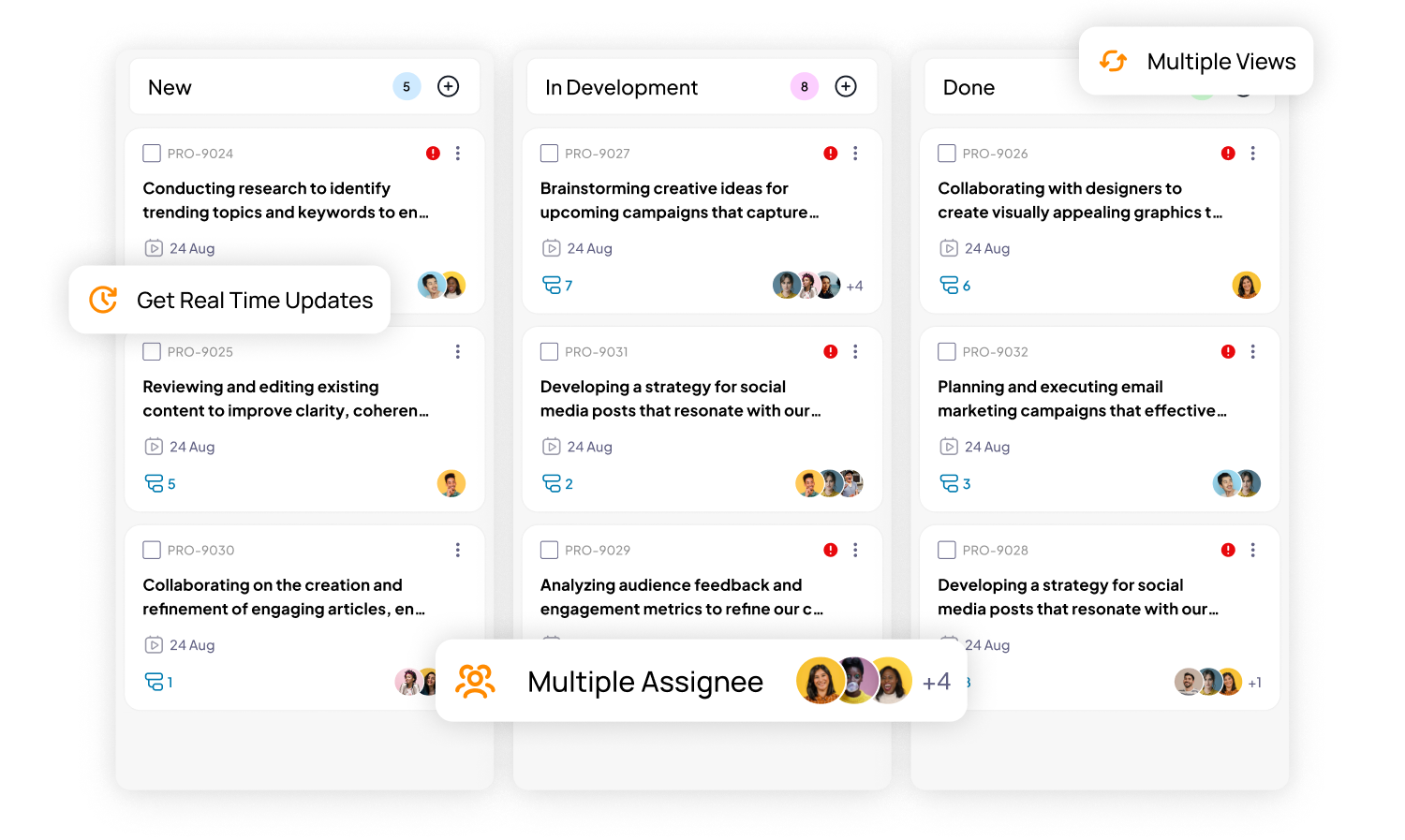“A company’s ability to grow is not based on its size but on the effectiveness of its products.” ~ Wes Bush
In the ever-evolving landscape of business, Product-led Growth (PLG) emerges as a defining trend. Far from being mere industry jargon, PLG reshapes the way products are developed, marketed, and scaled upon.
While many see it as a magic bullet for tech enterprises, the reality is that a product-led growth approach often thrives best when complemented by elements of a more traditional business model.
Nearly 75% of B2B buyers say they would prefer to buy through an app or website, rather than a salesperson. (Source: Forrester)
What is Product-led growth?
Product-led growth (PLG) is a go-to-market strategy where the product itself acts as the primary driver of acquisition, retention, and expansion of its user base.
Product-led growth is achieved by optimizing the user experience – simplifying the sign-up process, delivering faster values, solving user’s specific needs, and creating positive product experience, such that users naturally advocate for the product, and thus fostering organic growth through word-of-mouth.
Steps to create successful Product-led Growth strategy:
- Build the best possible product.
- Nurture community centered on the product.
- Evolve the product faster based on the user feedback.
Why product-led growth is important?
Better Products.
The emphasis on self-service means the product is constantly evolving and offering values on its own.
Faster Growth.
This model eliminates the need for hiring additional salespeople to fast track the customer buying journey.
Cost-Efficient Scale.
This approach streamlines growth by leveraging automation and self-service, leading to reduced sales, marketing, and onboarding costs.
Bigger Total Addressable Market (TAM).
It can cater to a wide spectrum of users, from individual users and SMBs to large enterprises.
How is it different from traditional growth models?
The traditional user journey:
Lead > MQL > Demo > Opportunity > Won
The New User Journey looks like this:
Discover: Users find the product typically through word-of-mouth, referrals, online searches or product invitation. Objective: To attract high-intent traffic cost-effectively.
Start: Users see the potential value in the product and decide to sign-up and see for themselves. Objective: Educate visitors on the value of the product and boost free signups.
Activate: Users actually realize the value based on their consistent usage and see the promised benefits. Objectives: Reduce time-to-value and deliver the ‘Aha’ moment in the product.
Convert: Users transition from trial users to paying customers, often with basic plans. Objective: Maximize free-to-paid conversion rates.
Scale: Users deploy the product and deepen their relationship by expanding newer use cases or increasing their activities. Objective: Encourage ongoing usage and cross/upsell new features.
How to integrate Product-Led Growth across organizational functions
To facilitate cross-functional alignment among Marketing, Product, Sales, and Customer Success teams, here are some questions that you can ask:
For Marketing Teams:
- Do your buyers and users have different roles, and how are you targeting them differently?
- How do your customers derive value from products, and what are your strategies to guide them efficiently?
For Product Teams:
- Which product data can you access? What insights does it provide about the user journey?
- What knowledge does your product impart? How do you reinforce those outcomes in your messaging?
For Sales Teams:
- What would make lead qualification more effective for you?
- Which customer segments would benefit most from a freemium offering?
For Customer Success Teams:
- What queries are frequently posed by your users when using the product?
- What is the most tangible value customers get quickly?
Essential Metrics for Understanding Product-Led Growth (PLG)
Growth Trends:
- OpenView reports that PLG-oriented enterprises might exhibit slower growth compared to their peers until they achieve $10M in Annual Recurring Revenue (ARR). Beyond this point, their growth trajectory often surpasses their counterparts.
- Prioritizing revenue growth prematurely may overshadow the latent high-growth potential unique to a PLG model.
Net Dollar Retention (NDR):
- An insight into expansion offset by contraction and customer attrition.
- Best in class companies excel at land and expand.
Organic Revenue Insights:
- By monitoring the natural rate of growth, PLG ventures can discern the proportion of their recurring earnings originating from organic avenues and product initiations.
User Activation Analysis:
- The activation rate gives a glimpse into users deriving actual value post-registration.
Revenue Efficiency:
- Traditional Customer Acquisition Cost (CAC) payback might not resonate with PLG businesses as it presumes growth is entirely sales and marketing driven.
- Instead, PLG firms should evaluate the ratio of net new ARR versus cash burned on a quarterly basis.
Identifying High Value Prospects with Product Qualified Accounts (PQAs):
PQAs are invaluable in enabling PLG entities to identify high-ticket sales closing opportunities within their existing user base.
Comparison of Product-led SaaS Pricing: Freemium vs Free Trial
Aspect | Freemium | Free Trial |
Definition | It combines free and premium. | It offers full product access for a specific set duration. |
Features | Access to the basic features for free users. | Full access during the trial period. |
Objective | Attract users quickly at low cost. | Allow users to experience the entire product. |
Post-Period Action | Pay for advanced features. | Decide to continue with the paid version or lose access. |
Billing Info | Not upfront | Often upfront (especially for opt-out trials). |
Example | Slack offers a No Time Limit free tier. | Netflix provides a 1-month free trial. |
What are examples of Product-Led Growth?
Both Facebook and Amazon provide users with extensive opportunities to engage deeply with their digital services, steadily fostering a dependence on their ecosystems.
Facebook:
- Initial Focus: The initial goal was to create a universal platform for connection, emphasizing active user engagement and a sense of community.
- User Expansion: A rapid scaling strategy was implemented, incorporating hundreds of millions of users while continually prioritizing an exceptional user experience.
- Monetization Strategy: Achieving profitability was considered a subsequent phase, strategically deferred until a robust, active, and loyal user base was firmly established.
- Result: Ultimately, a global platform was realized where revenue-generating features were seamlessly integrated, ensuring that the core user experience remained uncompromised.
Amazon:
- Foundational Vision: Spearheaded a shift in the online shopping experience, always placing the customer at the forefront.
- Market Dominance: By offering unmatched convenience and a diverse product range, Amazon carved out an authoritative space in online retail.
- Trust-Building: The strategy focused on establishing unwavering trust and cultivating customer loyalty, prioritizing this over short-term financial gains.
- Outcome: With deep-rooted customer trust, profitability naturally ensued, turning Amazon into the epitome of online retail.
What Does the Product-Led Growth Model Look Like?
- Product-Centric: At the heart of sustainable growth is a product that resonates deeply with its users. This isn’t just about functionality but creating experiences that inspire and facilitate genuine connections.
- Data is Directional: Beyond numbers and metrics, user data represents voices and perspectives. By tuning into these signals, continuous enhancement becomes a clear, guided path. Every interaction is a lesson, steering our product decisions.
- Inherent Product Value: In today’s saturated digital ecosystem, loud marketing isn’t always the answer. Instead, a product’s inherent value and transformative impact on its users become its strongest advocacy. When users become ambassadors, it’s a testament to the product’s true worth.
- Empowerment Through Product: Growth isn’t just about increasing numbers. It’s about enabling and empowering users, giving them tools that genuinely add value to their lives.
- Listening as a Growth Tool: One of the most potent tools in product-led growth is attentive listening. Feedback, interactions, and even criticisms are opportunities for refining and perfecting our offerings.
In essence, product-led growth isn’t just a strategy; it’s a continuous learning journey. It emphasizes the belief that when we prioritize genuine connections and value creation, growth will organically follow.
Getting started on your PLG journey
Begin by identifying and addressing the most significant inefficiencies or missed opportunities in your customer journey. These can be low conversion rates, weak onboarding experience, or missed upselling chances with your existing customers. The goal should be to learn fast – ship fast and rigorously measure the outcomes.
In a world where customers gravitate towards genuine value and stellar user experiences, embracing PLG can be the pivotal move that catapults your enterprise to new heights.
Unleash the Potential of Product-Led Growth Strategy with 5day.io. See 5day.io in Action
